Improved varieties of chilli can increase the yield
India is the main producer of chili, know the specialty and method
Chilli is the main spice crop of India. Chillies are produced in India for both green chillies and red chillies (dry chillies). Andhra Pradesh, Karnataka, Maharashtra, Orissa, Tamil Nadu, Madhya Pradesh, West Bengal and Rajasthan are the major chilli producing states in India. Its demand remains in the market throughout the year. Therefore, farmers can get good benefits from the cultivation of advanced varieties of its chillies. Today we will tell you about some such advanced varieties of chillies.
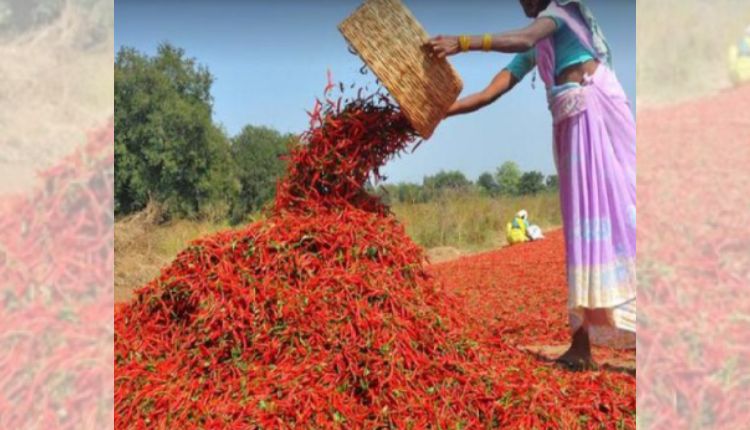
How to prepare land for chilli cultivation?
Black soil in rain-fed areas and well-drained sandy loam or loam land for irrigated areas are considered good for chilli cultivation. The pH value of the soil is considered better between 6 to 7.5. The land should be plowed once with a soil-turning plough, followed by one to two plowing with a simple plow or cultivator, so that the soil becomes brown and moisture can remain in the soil.
Improved varieties of chilli
Pusa Jwala: This variety has been developed by ICAR-IARI New Delhi. Pusa Jwala variety of chilli is high yielding variety with medium sized fruits. This variety is tolerant to pests like thrips and mites. Its production potential is about 8.5 t/ha (green chillies) and 1.8 t/ha (dry red chillies).
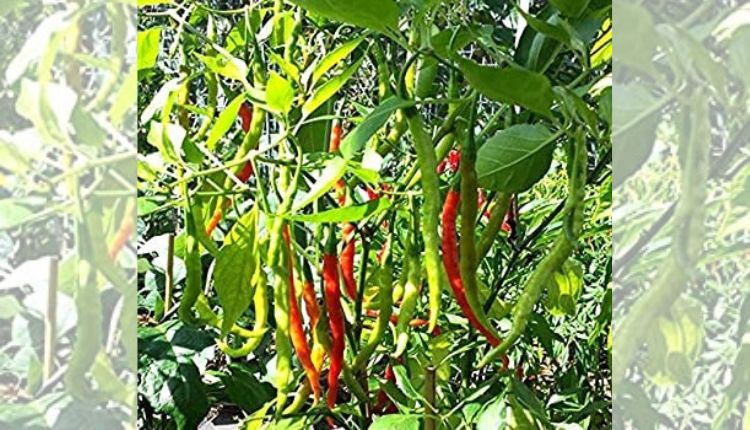
Pant C 1: In this variety of chilli, the fruits grow upwards. Pant C1 variety is moderately resistant to mosaic and leaf curl virus. Has a production capacity of 7.5 t/ha (Green Chilli) and 1.5 t/ha (Dry Red Chilli). This variety has been developed by GB Pant University of Agriculture and Technology, Pant Nagar.\
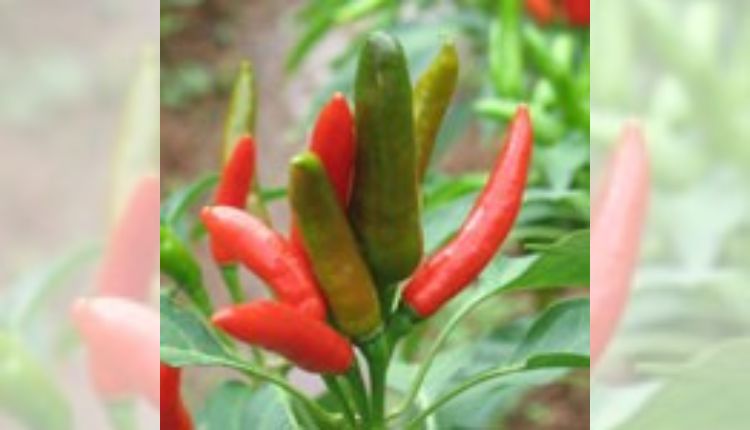
Pusa Sadabahar: Developed by IARI, the variety is resistant to cytomegalovirus (CMV), tobacco mosaic virus (TMV) and leaf curl. Its production is about 9.5 tonnes/hectare (green chillies) and 2 tonnes/hectare (dry chillies).
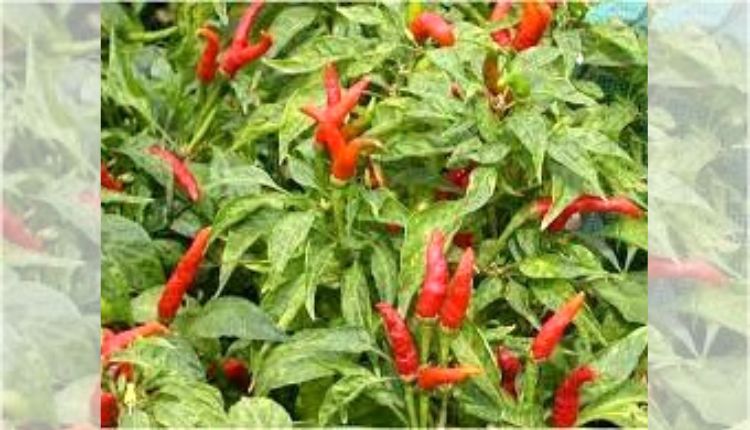
Kashi Surkh: It is a hybrid variety, produced for both green chillies and dry chillies. Green fruits become ready for harvesting after 50-55 days of planting. Its production is around 200-250 quintals/hectare.
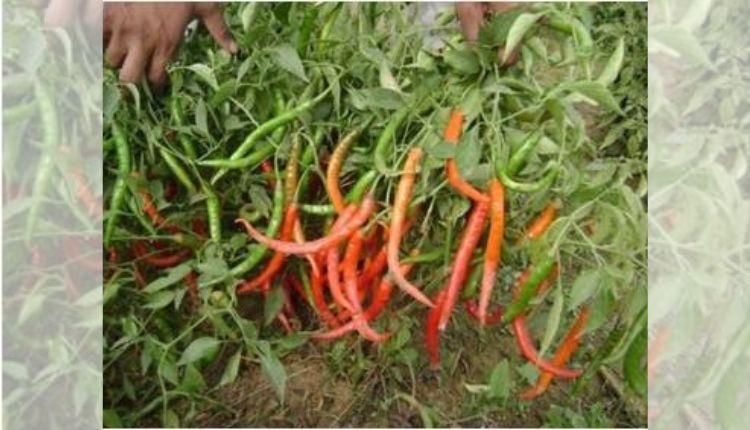
Seeds and Seed Treatment
For plantation in one hectare, 300-400 gm seeds of normal variety and 250-300 gm seeds of hybrid variety are required. Certified seeds do not require seed treatment as they come already treated in the market. While the seed prepared at home should be sown after treating it with Bavistin at the rate of 2 grams per kg of seed.
Seed sowing and planting
Chilli is sown in India in all the three seasons. July-August is the suitable time for sowing seeds in the plains. 30 to 45 days old seedlings are considered suitable for planting. In hilly areas seed is sown in March-April and saplings are planted in April-May.
Chili plants should be planted in the evening like other vegetables. For chilli planting, the distance between row to row should be 60-75 cm and plant to plant distance should be 45-50 cm.
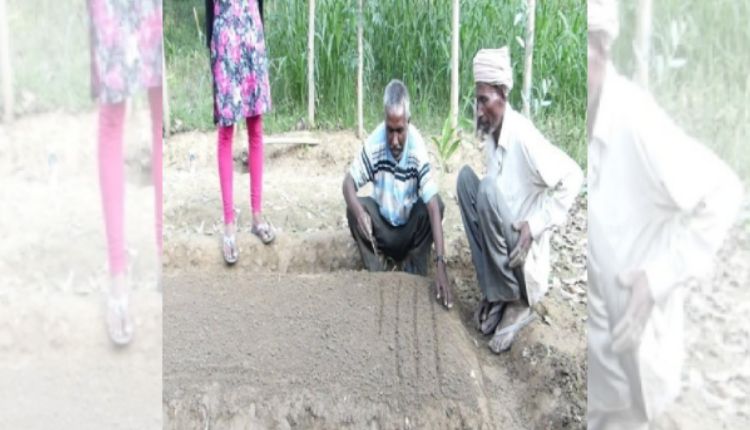
Irrigation and intercropping
Light irrigation should be done immediately after planting chilli seedlings. If necessary, irrigation should be done at an interval of 10 to 15 days. Irrigation is necessary at the time of flowering and fruit formation. Weeding should be done from time to time so that there are no weeds. Weed killer Stamp 3.3 litres dissolved in 1000 litres of water should be sprinkled in the soil at the time of last plowing before planting per hectare, so that weeds do not grow in the field and the yield is good.
Contact us: If farmers want to share information or experiences related to farming with us, then they can do this by calling us on the phone number 9599273766 or by writing an email to [email protected] or by sending your recording. Through Kisan of India, we will convey your message to the people, because we believe that if the farmers are advanced then the country is happy.



